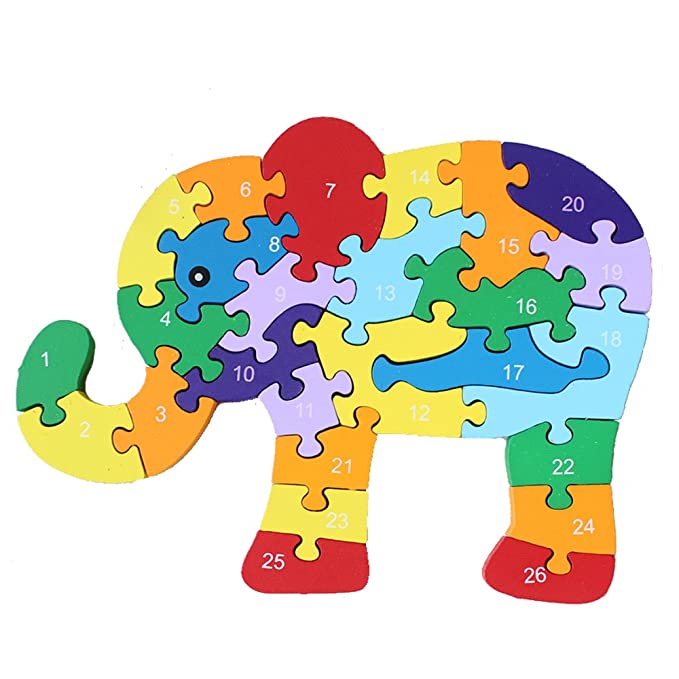Most of us who are involved with the research world – as researchers, as funders, as practitioners, and/or as audiences of different kinds – do so because we share a wish to change the world for the better. For many of us, this translates into "doing more, better research". Yet to truly ensure that we are able to improve social outcomes, we have to be sure that we’re doing the right research, and that it is being used in the right way. This means we need to understand what we mean by "use", as our model of "use" informs how we do our research, how we think about impact, and how we try and achieve it.
Those of us in working in the meta-field of evidence production and use often adopt Carol Weiss’s typology of use. Her 7 types (knowledge-driven (instrumental), problem-solving, political, tactical, interactive, enlightenment, and research as intellectual enterprise) are often used to inform how we develop and implement strategies to increase improve and measure use. Yet too often, we use this typology to diagnose which category of use we are observing, and lose sight of the fact that all use implies a user and a context. Weiss’s typology has attained an analytical status she probably never intended.
So, what would it mean to take the user and the context seriously? I’d like to offer three metaphors which might help us think about what ‘use’ means, when considering these aspects. These metaphors describe, for me, a (somewhat painful) journey involving grappling with insights crossing sectors and disciplines.

Assembling a jigsaw puzzle
When we first enter the evidence use space, we often imagine that decision-makers (the "users") are in the business of assembling a jigsaw puzzle. We recognise that many kinds of evidence go into a decision, and that when all the pieces are assembled, a picture is revealed which tells decision-makers what to do next. In this scenario, the role of researchers is to produce polished jigsaw pieces, even to shape them according to a policymakers’ perspective; and the role of policymakers is to create a vision and populate it with useful evidence. This model of use (assembling, informing, selecting) is compatible with all of Carol’s types, and has directly informed strategies which researchers use to measure (impact!) and increase use. If the role of research is to provide content for, or support, policy and practice decisions, then our strategies are to amplify both quality and volume of our jigsaw pieces; to tailor out messages and to disseminate as widely as possible. It also implies our impact can be quantified.
These strategies are rarely effective. Perhaps we need a more helpful metaphor?
Cooking a stew

Once we have been involved in this type of activity for a while, researchers often recognise that in fact, decision-making is not about assembling a picture which reveals an obvious answer. Rather, there are many people standing round the table, many institutional rules and processes which influence decisions and processes. We start to see the decision-making context more along the lines of cooking a stew together. We’re not always certain what the end product might be, but we can see that there is an end point we’re moving towards. Researchers and decision-makers might work together to select a recipe, to choose and process the freshest, tastiest ingredients. They might even talk about what to plant in next years’ garden. Here, one can see that "use" starts to look like "finding an appropriate balance". No one wants an over-salted stew, after all. And the strategies we use when thinking of use in this way tend to focus on collaborative research practices – for example co-production and stakeholder engagement.
Yet, attractive though this cosy scene is, we have to admit that this is not, ultimately, how decision-making works. The "use" is the "what next", after the stew has been cooked. We can see that decision-making is rarely about reaching a static endpoint, and that, rather than drawing on a bounded community of gardeners, and a fixed recipe, the process of decision-making contingent on many factors and events, that it is relational – dependent on the relationships between those involved and implicated – and complex, with all parts of a complex ecosystem interacting with each other.
Making sense of the beach pebbles

My current metaphor for use, then, is that of a group of people standing on a pebbly beach. They are looking down at the pebbles, which are regularly rearranged by unexpected and uncontrollable waves, and trying to make sense of the patterns they see, in conversation with those around them. In this metaphor, bits of research may appear as attractive and shiny pebbles, amongst many other kinds of knowledge which form temporary but meaningful patterns, seen through the lenses worn by those on the beach.
But as you raise your head, you can see a vast shoreline covered in pebbles. The people a mile down the beach have a very different perspective.
This metaphor allows us to start to see a very different set of questions, and potential strategies for improving use. We have to ask ourselves – who gets to stand on the beach? Who is allowed, enabled to participate in the process of providing pebbles, let alone interpreting them? How are people’s views shaped by those around them? Would more diversity in decision-making and research communities affect how people make sense of what they’re seeing, or even the questions they are asking?
We can also see that this metaphor helps us to understand the potential roles of research. It might help us conceptualise and focus on new patters, but also might shape narratives and perspectives, might even create communities or provide lenses to look through.
The strategies we might employ start to look quite different. They would not be around trying to rake pebbles into attractive patterns, but rather in trying to help each other hold meaningful conversation about what we are, and are not seeing.
Take-home messages
If we accept this metaphor, we acknowledge the diversity of roles and skills in this ecosystem. Some are good at polishing beautiful pebbles. Others at spotting and encouraging diversity of pebbles. Still others at helping build connections and facilitate conversation. We need all these, and we need to respect and support the skills and expertise of all.
Ultimately, we are acknowledging the need to engage with the political economy of knowledge, its production and use. We are saying that we need to think critically about how and why evidence is produced (and not produced), by whom, how, and for what purposes. We need to engage with critical sociological theories, and apply them to our understanding of what consequential "use" is, before we can meaningfully try to change the world.
This blog is based on Kathryn Oliver's contribution to a discussion held at the 2019 William T Grant Use of Research Evidence (URE) meeting. Kathryn Oliver is co-lead of Transforming Evidence and Associate Professor of Sociology and Public Health at the London School of Hygiene and Tropical Medicine.